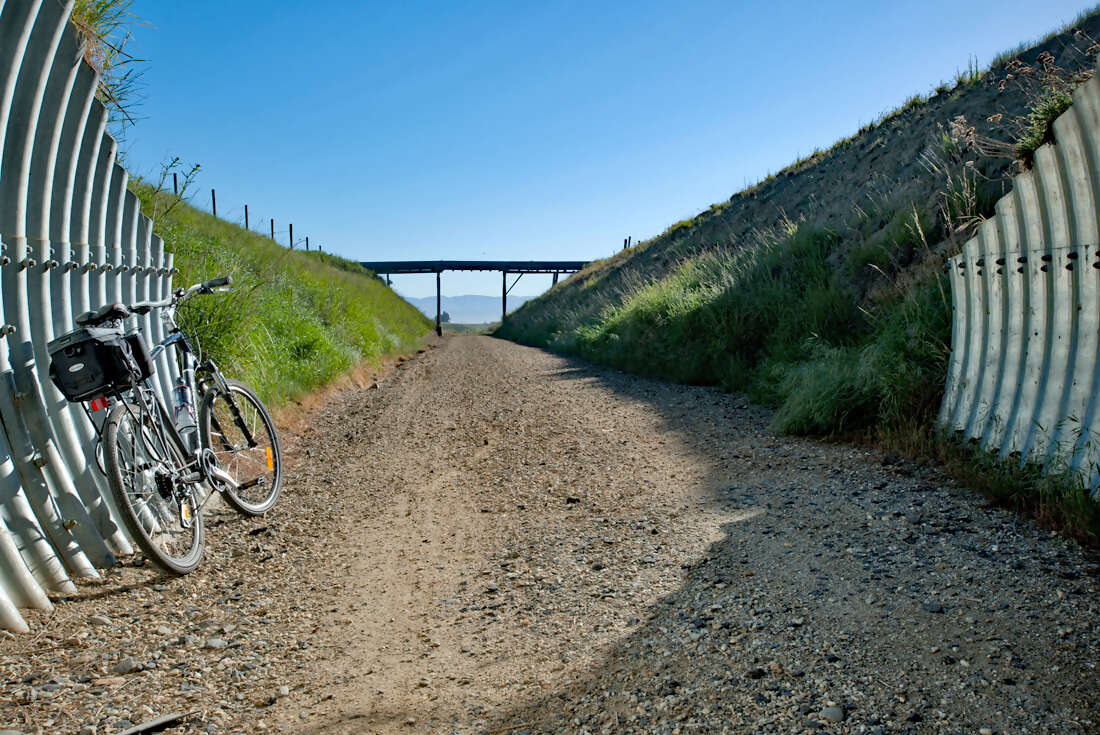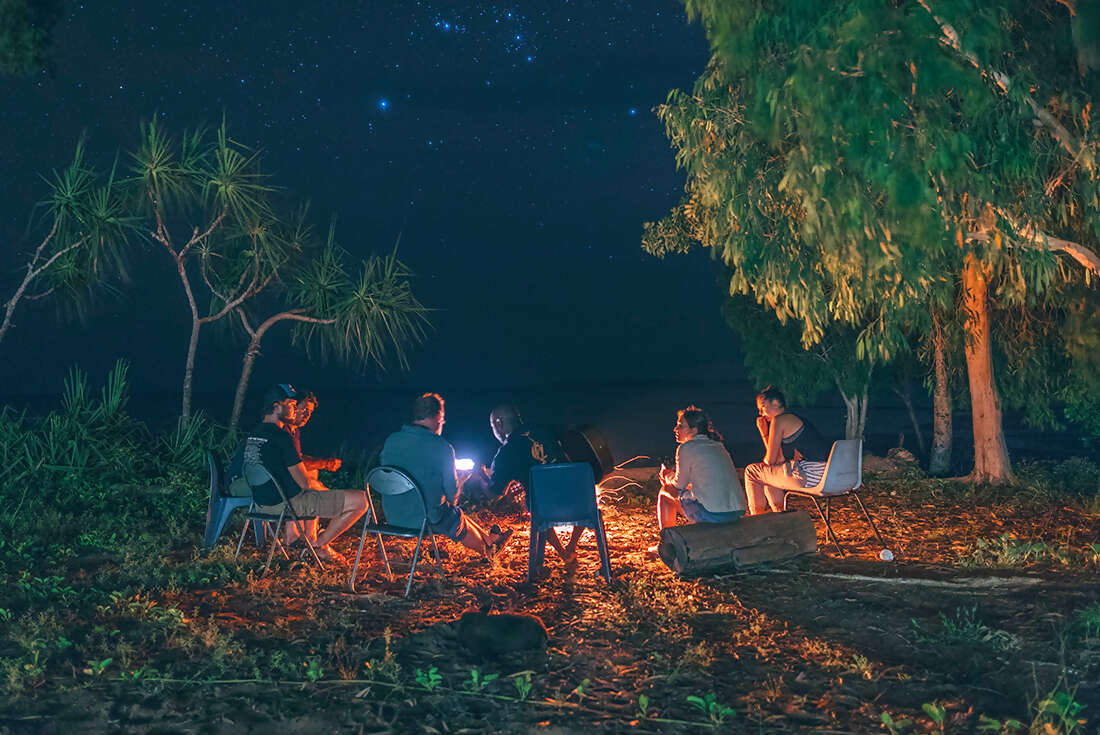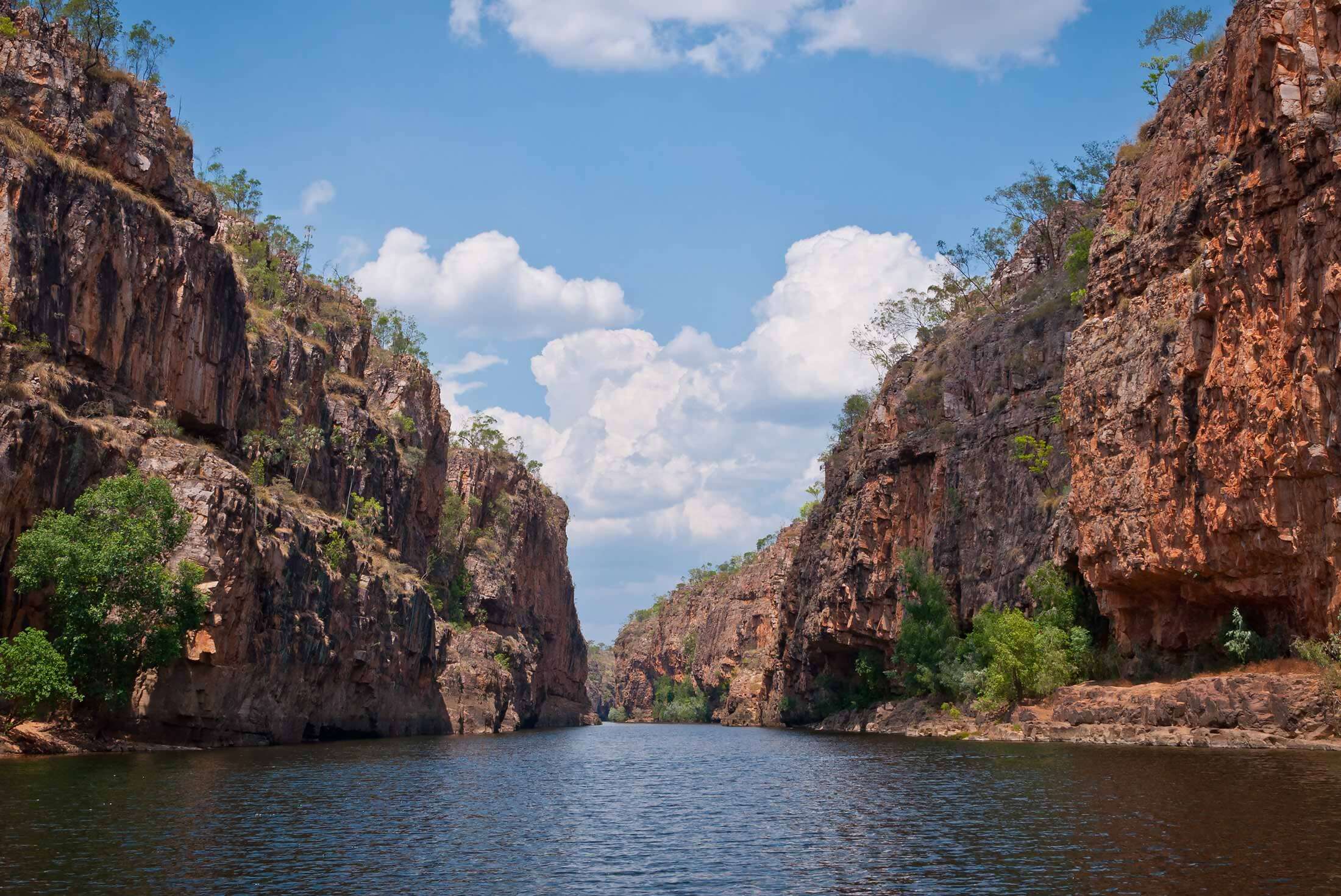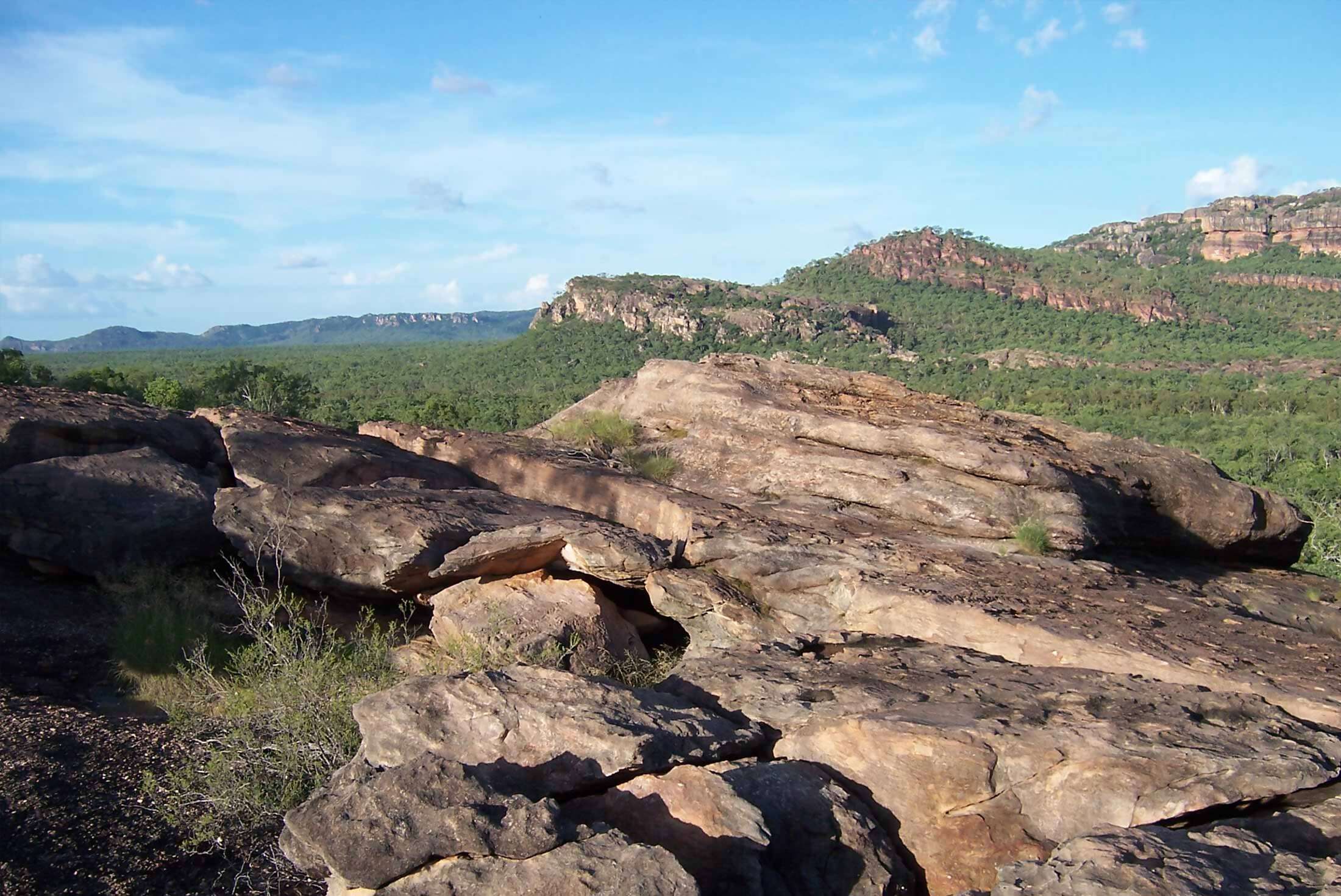 Embark on a nine-day Northern Territory adventure from Alice Springs to Darwin, showcasing the region’s biggest and best drawcards. Check out Uluru at a stunning sunrise, wander through the mighty canyons of Kata Tjuta and soak up all the views from Kings Canyon. After an included flight to Darwin, continue onwards to enjoy exclusive access to Arnhem Land and get a taste of the tropics in Kakadu and Litchfield National Parks, as well as the awesome Katherine Gorge. This fast-paced adventure will take you to the real Australia, giving you a deeper understanding of First Nations cultures and an appreciation of northern Australia’s rugged natural beauty.
Embark on a nine-day Northern Territory adventure from Alice Springs to Darwin, showcasing the region’s biggest and best drawcards. Check out Uluru at a stunning sunrise, wander through the mighty canyons of Kata Tjuta and soak up all the views from Kings Canyon. After an included flight to Darwin, continue onwards to enjoy exclusive access to Arnhem Land and get a taste of the tropics in Kakadu and Litchfield National Parks, as well as the awesome Katherine Gorge. This fast-paced adventure will take you to the real Australia, giving you a deeper understanding of First Nations cultures and an appreciation of northern Australia’s rugged natural beauty.Highlights
See rocky red cliffs, monsoon forests, plunging waterfalls and some of the Top End’s best landscapes with visits to Kakadu, Nitmiluk and Litchfield national parks.
Learn about the cultural importance of these spectacular landscapes through the eyes of experienced and knowledgeable leaders, including a local Bininj Guluyambi guide.
Sleep under the stars in an Aussie swag in the Red Centre, and witness the changing dawn colours of Uluru on an unforgettable sunrise viewing and breakfast with your small group.
With a local group leader, they’ll know all of the most scenic trails to hike and the best waterholes for swimming. Kings Canyon? Jim Jim Falls? Bluey Rockholes? They’ve got you covered.
Skip over 1500 kilometres – almost 24 hours – of straight driving between Alice Springs and Darwin and fly with Qantas between your Red Centre and Top End adventures.









- You will visit the following places:
-

Darwin
Darwin is the capital city of the Northern Territory, Australia. Situated on the Timor Sea, it is the smallest and most northerly of the Australian capital cities, and acts as the Top End's regional centre. Its popular waterfront area has several beaches and green areas like Bicentennial Park. Originally a pioneer outpost, the city itself is built on a low bluff overlooking the harbour. The Darwin region, like the rest of the Top End, has a tropical climate, with a wet and a dry season. The city is also noted for its consistently warm to hot climate, all throughout the year.
-

Kakadu National Park
Kakadu National Park is a protected area in the Northern Territory of Australia, 171 km southeast of Darwin. The park is located within the Alligator Rivers Region of the Northern Territory. It covers an area of 19,804 km2 (7,646 sq mi), extending nearly 200 kilometres from north to south and over 100 kilometres from east to west. It is the size of Slovenia, about one-third the size of Tasmania, or nearly half the size of Switzerland. The Ranger Uranium Mine, one of the most productive uranium mines in the world, is surrounded by the park. With terrain encompassing wetlands, rivers and sandstone escarpments, it’s home to some 2,000 plant species and wildlife from saltwater crocodiles and flatback turtles to birds.